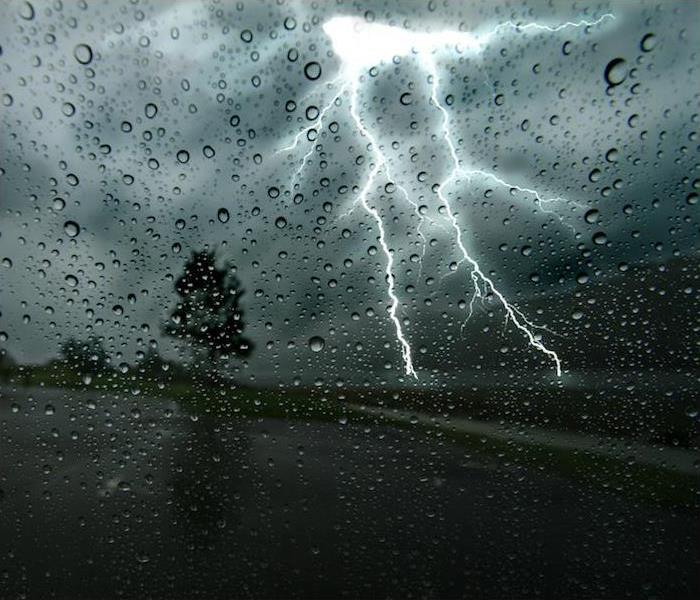What Makes a Thunderstorm So Dangerous? | SERVPRO® of Gwinnett County South
5/7/2021 (Permalink)
 Thunderstorms can pop up at any moment. Contact SERVPRO of Gwinnett County South if you experience any damage.
Thunderstorms can pop up at any moment. Contact SERVPRO of Gwinnett County South if you experience any damage.
Although thunderstorms are a common weather occurrence, they can be very dangerous. Georgia typically sees these storms during the spring and summer months, so preparation before high season is key.
These storms can bring with them high winds, lightning, hail, flash flooding and other issues that can cause damage to people, pets, and property in a hurry.
Thunderstorms are defined as any storm that has thunder, and since thunder doesn’t come without lightning, this hazard is present as well. A severe thunderstorm is categorized as such when the storm contains hail that is at least one inch in diameter and straight-line winds of at least 58 miles per hour.
We’ll take a look below at some of the most significant hazards associated with thunderstorms so that the next time one comes through Gwinnett County, you and your family will be prepared.
3 Main Dangers that Come With Thunderstorms
Lightning strikes. Damage to property and injury to a person is one of the more threatening elements of a thunderstorm. It has recently been reported that lightning strikes are the cause of about 300 injuries every year. Lightning is also the cause of significant damage to homes, such as starting a house fire or toppling trees that can seriously damage permanent sturdy structures. Remember: Even if you don’t see lightning, a thunderstorm has a typical diameter of 15 miles so it can still be a threat despite low visibility.
Hail damage. Hail can be one of the more damaging parts of a thunderstorm due to the size of the hail and the speed that it falls. Hail that is one inch or larger can put holes in shingles, cause dents in vehicles, and do serious harm to people, pets or livestock that are not adequately protected.
Flash flooding. While driving during downpour conditions are never ideal, the depth of standing water on the road can be even more difficult to judge. If a storm drain backs up or a small roadside ditch becomes filled with water, road conditions can become very dangerous, and it is possible for a vehicle to be swept away in as little as 12 inches of water.
Georgia faces its share of storms each year, and significant damage to homes and businesses is possible. If there is damage to your property from a thunderstorm, you can reach us 24⁄7 to discuss how we can help get your property back to pre-storm conditions.


 24/7 Emergency Service
24/7 Emergency Service